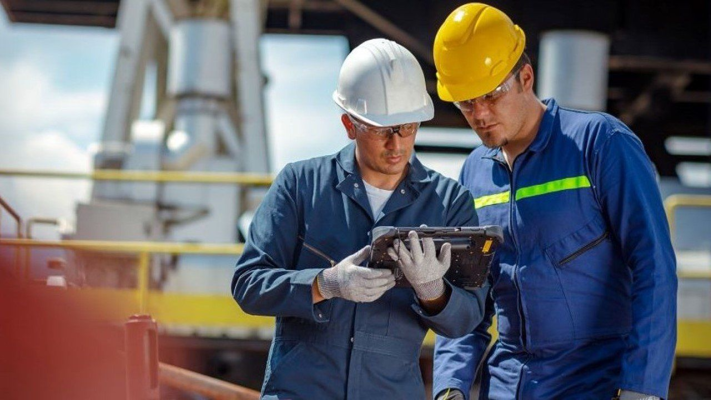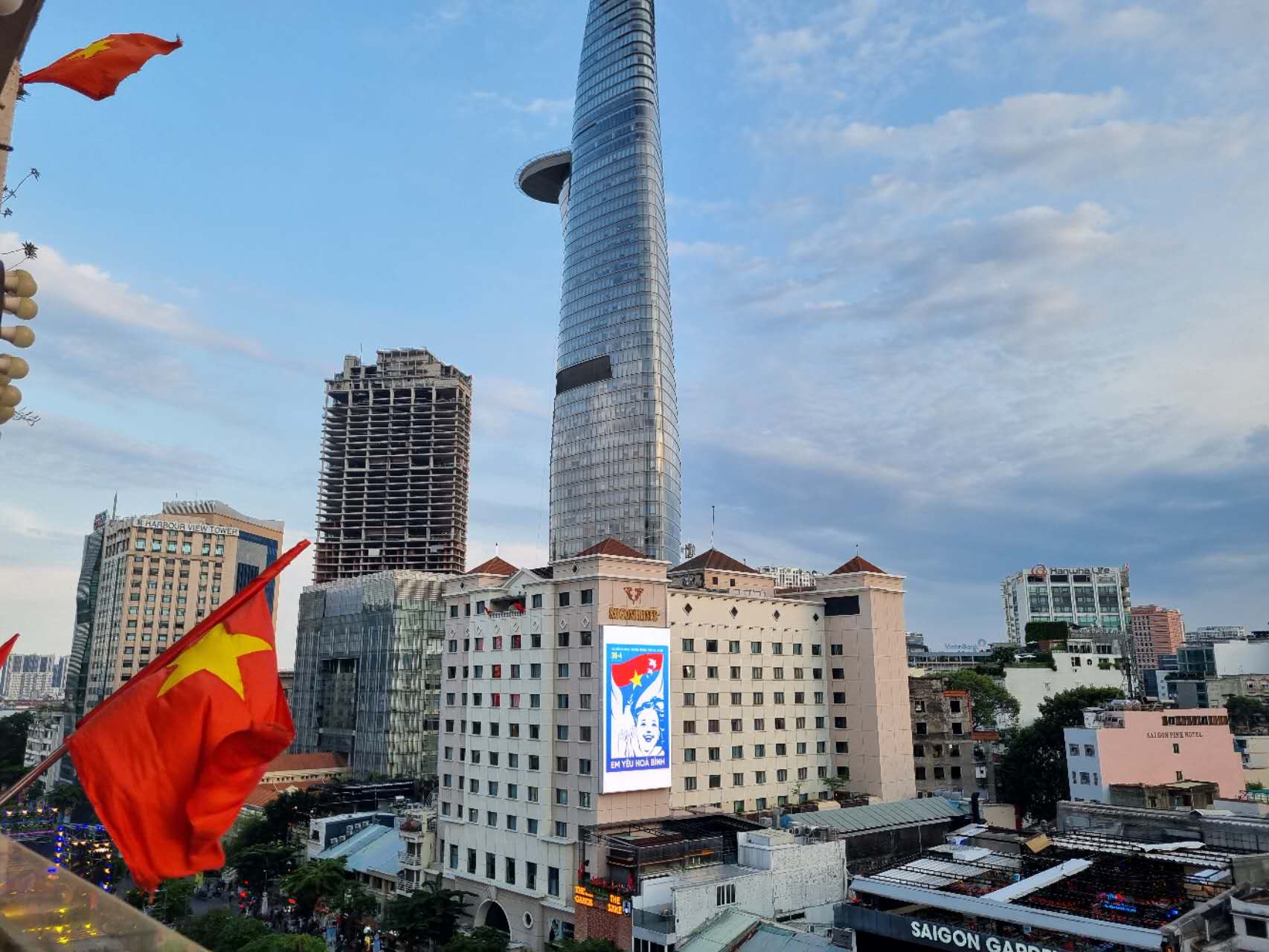Inspection News
Inspection in the Oil and Gas Industry: The Silent Guardian of Safety and Efficiency
Inspection in the Oil and Gas Industry: A Vital Link in the Energy Chain
The oil and gas industry is one of the most critical industries globally, powering economic activity and daily life. However, the extraction, transportation, and storage of oil and gas pose significant safety and environmental risks. Inspection plays a crucial role in ensuring the integrity of oil and gas assets, compliance with regulations, and risk mitigation.
The Importance of Inspection in the Oil and Gas Industry
Inspection is not just a legal requirement but a vital business strategy in the oil and gas industry. It provides numerous tangible benefits, including:
- Safety Assurance: Inspection helps detect and prevent potential incidents, protecting workers, communities, and the environment from harm.
- Performance Optimization: Inspection helps assess the condition of assets, enabling timely maintenance and repairs to ensure efficient and continuous operation.
- Regulatory Compliance: Inspection helps oil and gas companies comply with stringent safety standards and regulations, avoiding penalties and legal risks.
- Asset Life Extension: Regular inspection helps identify issues early and facilitates timely maintenance, extending the lifespan of oil and gas assets.
- Cost Savings: Preventing incidents and optimizing performance through inspection saves on long-term operating and maintenance costs.
Stringent Inspection Requirements
The oil and gas industry must adhere to rigorous inspection requirements set by international organizations like the API (American Petroleum Institute) and ASME (American Society of Mechanical Engineers). These standards encompass requirements for the design, materials, fabrication, installation, operation, and maintenance of oil and gas assets.
Common Types of Inspection in the Oil and Gas Industry
- Pipeline Inspection: Ensures the integrity of oil and gas pipelines, including wall thickness inspection, corrosion detection, and leak detection.
- Tank Inspection: Ensures the integrity and safety of oil and gas storage tanks, including shell thickness inspection, leak testing, and safety system inspection.
- Equipment Inspection: Ensures the safe and efficient operation of oil and gas equipment such as valves, pumps, compressors, and instrumentation.
- Rig Inspection: Ensures the safety and efficiency of oil and gas drilling rigs, including structural inspection, safety system inspection, and equipment inspection.

Non-Destructive Testing (NDT) Methods
Non-destructive testing (NDT) methods are widely used in the oil and gas industry to inspect assets without causing damage. Common NDT methods include:
- Ultrasonic Testing: Uses sound waves to detect internal flaws in materials.
- Industrial Radiography: Uses X-rays to create images of the inside of materials.
- Magnetic Particle Inspection: Uses magnetic fields to detect surface cracks in ferromagnetic materials.
- Liquid Penetrant Inspection: Uses a liquid penetrant to detect surface cracks in non-ferromagnetic materials.
Inspection is an integral part of the oil and gas industry, ensuring safety, efficiency, and compliance. Oil and gas companies must invest in comprehensive and regular inspection programs to minimize risks and maximize profits.
If you need professional quality control inspection services, contact VIS today! We ensure your product quality every step of the way.











